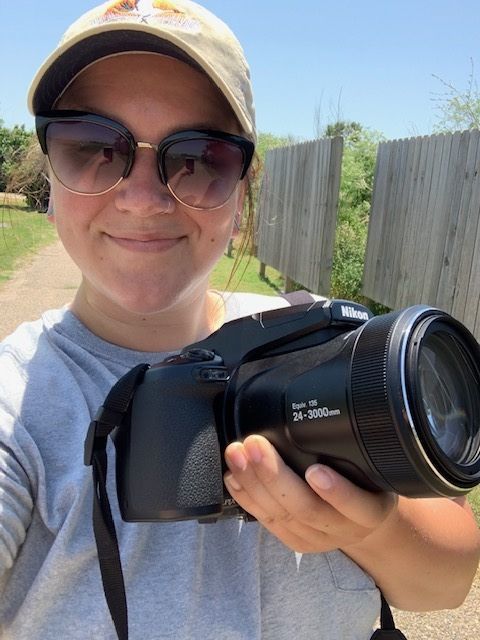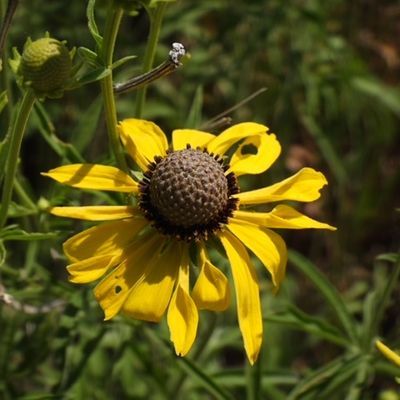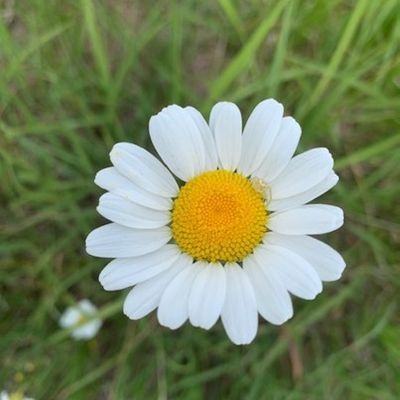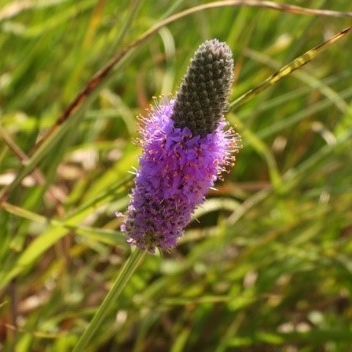
Welcome back!
This week was all about the heart and soul of the wet meadows and tallgrass prairies the Crane Trust does its best to protect...can you guess what that is? It's vegetation! Where would we and all other inhabitants be without vegetation? It can sometimes be hard to remember just how important vegetation is to the world, but don't worry, because the Crane Trust is fully invested in understanding the importance and conservation efforts needed in order for the landscapes of the Big Bend Reach of the Platte River to continue to function properly for everyone and everything! The natural habitat of the Platte River and surrounding landscape was formed over millennia by natural forces including periodic floods, drought, fire, bison grazing, and other climatic factors. Once a braided river, interlaced with sandbars and surrounded by a sea of grass – the Platte River we see today is highly altered from its historic condition.
That is where I come into the story. I was able to work hands-on with Andy Caven, the Crane Trust's Director of Conservation Research, and Josh Wiese, the Crane Trust's Habitat Ecologist, in some of their annual vegetation surveys (First Picture). These surveys assess the habitat changes and evaluate structure following management actions to ensure a diverse and native vegetation community. I was always taught in my natural resource’s courses in college how important vegetation is to the ecosystem, but being able to see their importance firsthand was incredible and eye-opening! I have always had a passion for gardening and love to plant native pollinator seeds around my yard at home, but I have never been able to properly ID them or learn about their importance to not only the pollinators, but the soils and wildlife around the area. Andy and Josh were very helpful in answering all of my questions about the different species, whether they were native or exotic, their importance to the ecosystem around the Crane Trust, and were exceptionally helpful in showing me the protocol for how to accurately survey the vegetation in order to learn as much about the habitat as possible. It was a really humbling experience to be able to see, feel, and learn about some of the smallest, but most important, parts of the tallgrass prairie ecosystems this week and I cannot wait to learn more!
(Picture 2: Ratibida columnifera: yellow coneflower. Picture 3: Leucanthemum vulgare: oxeye daisy (not native). Picture 4: Dalea purpurea: purple prairie clover)
Click this link for more information! https://linktr.ee/cranetrustveg
See you next time!
Cheers,
Amanda Medaries





